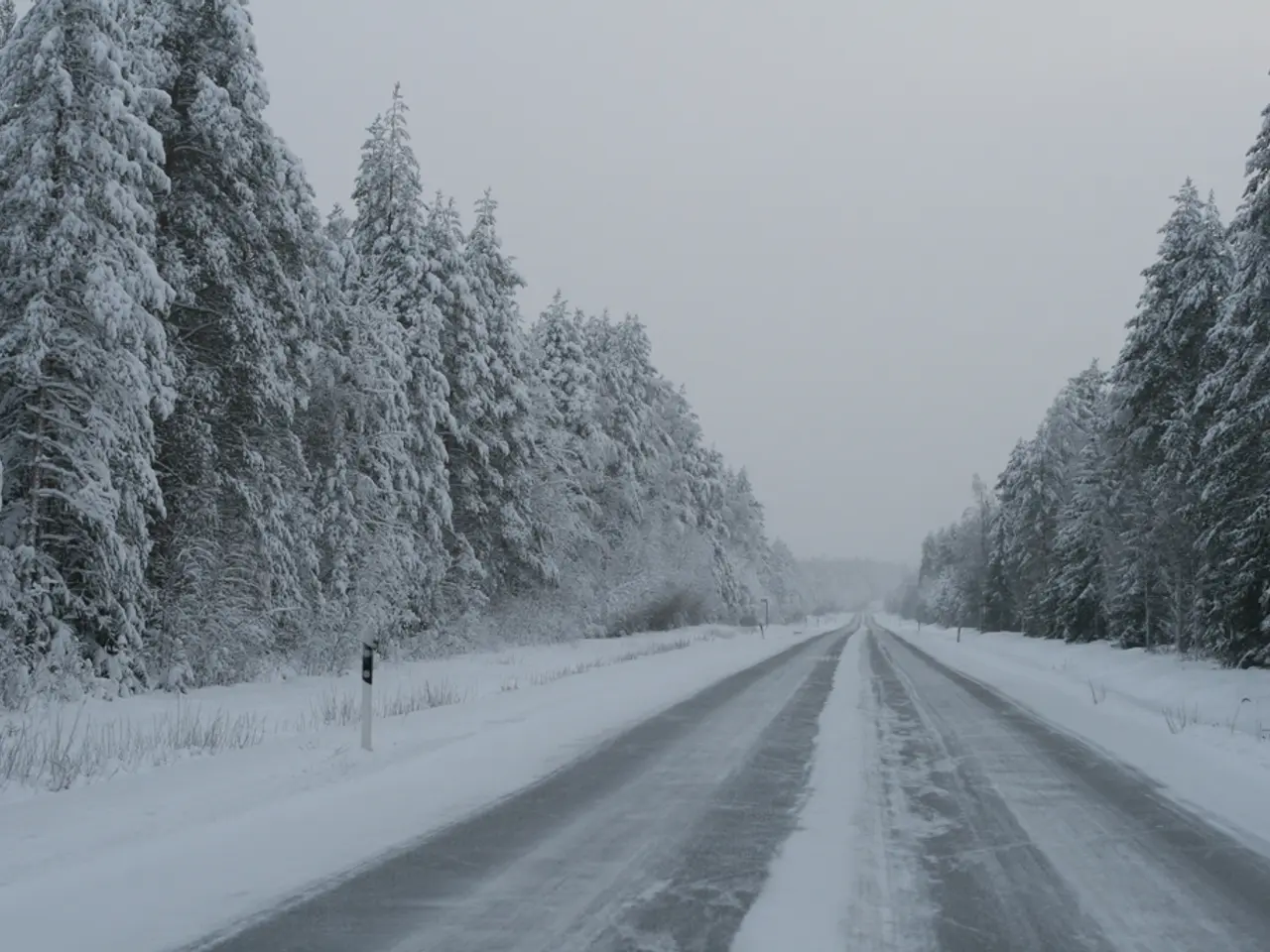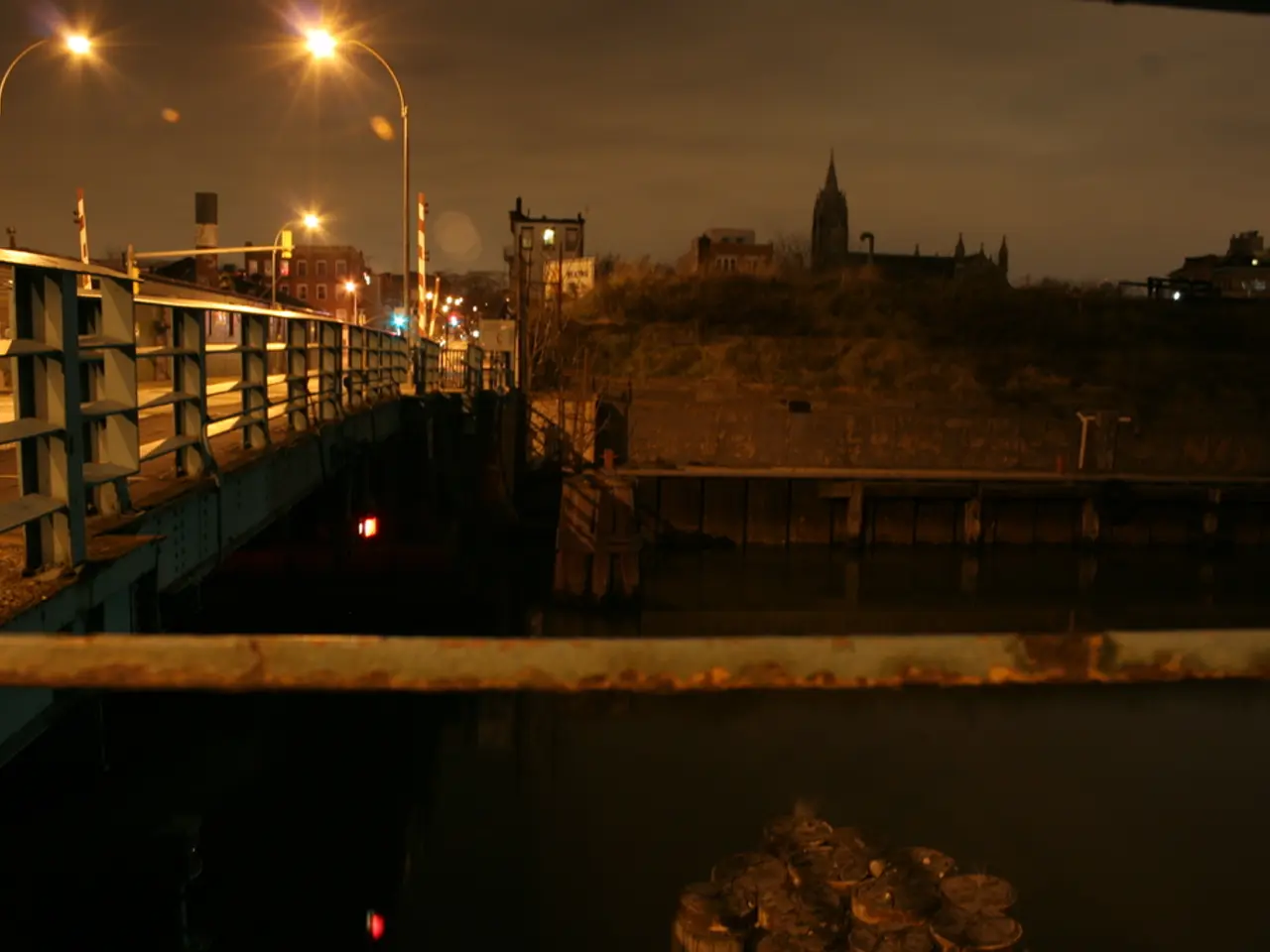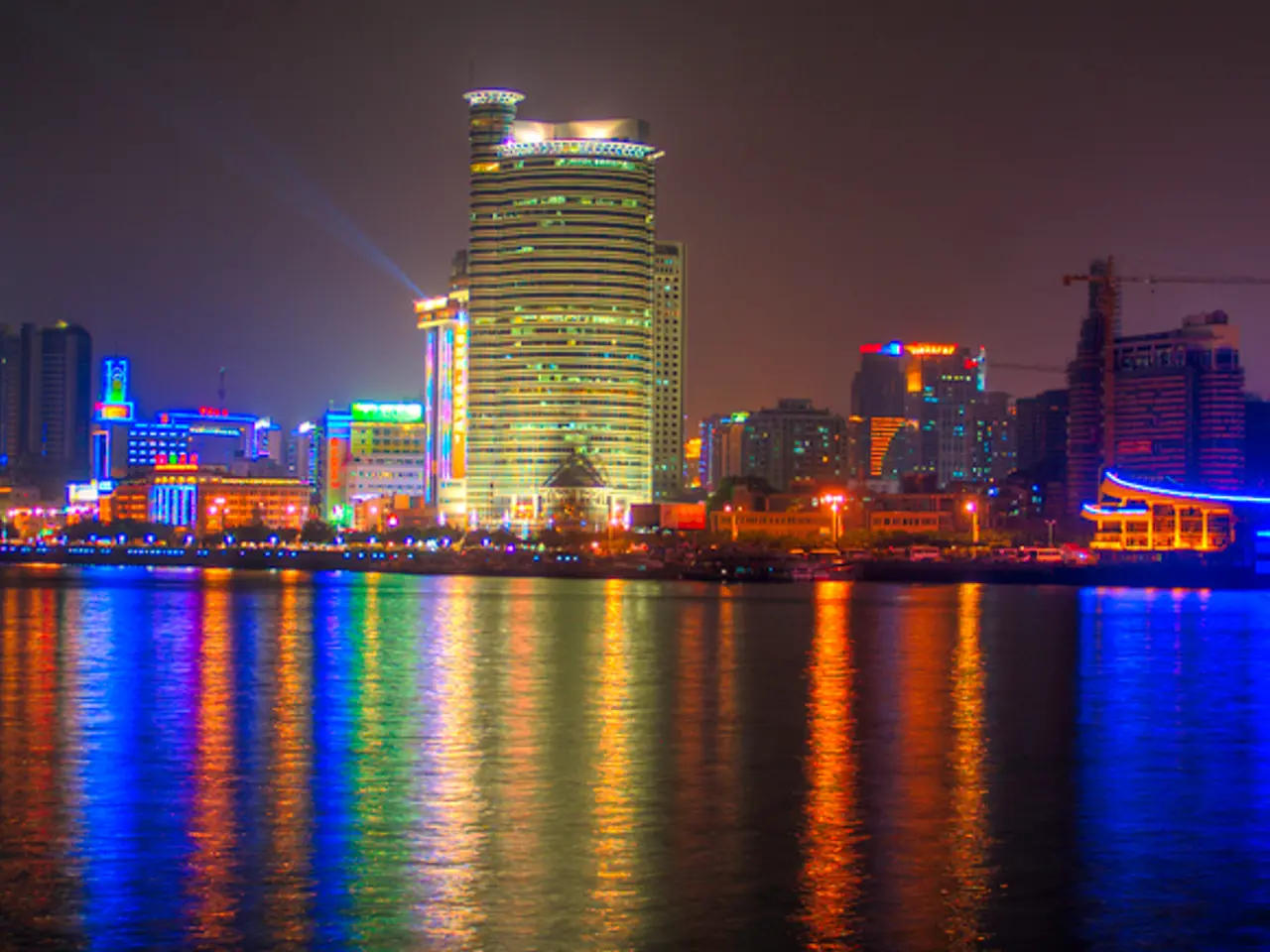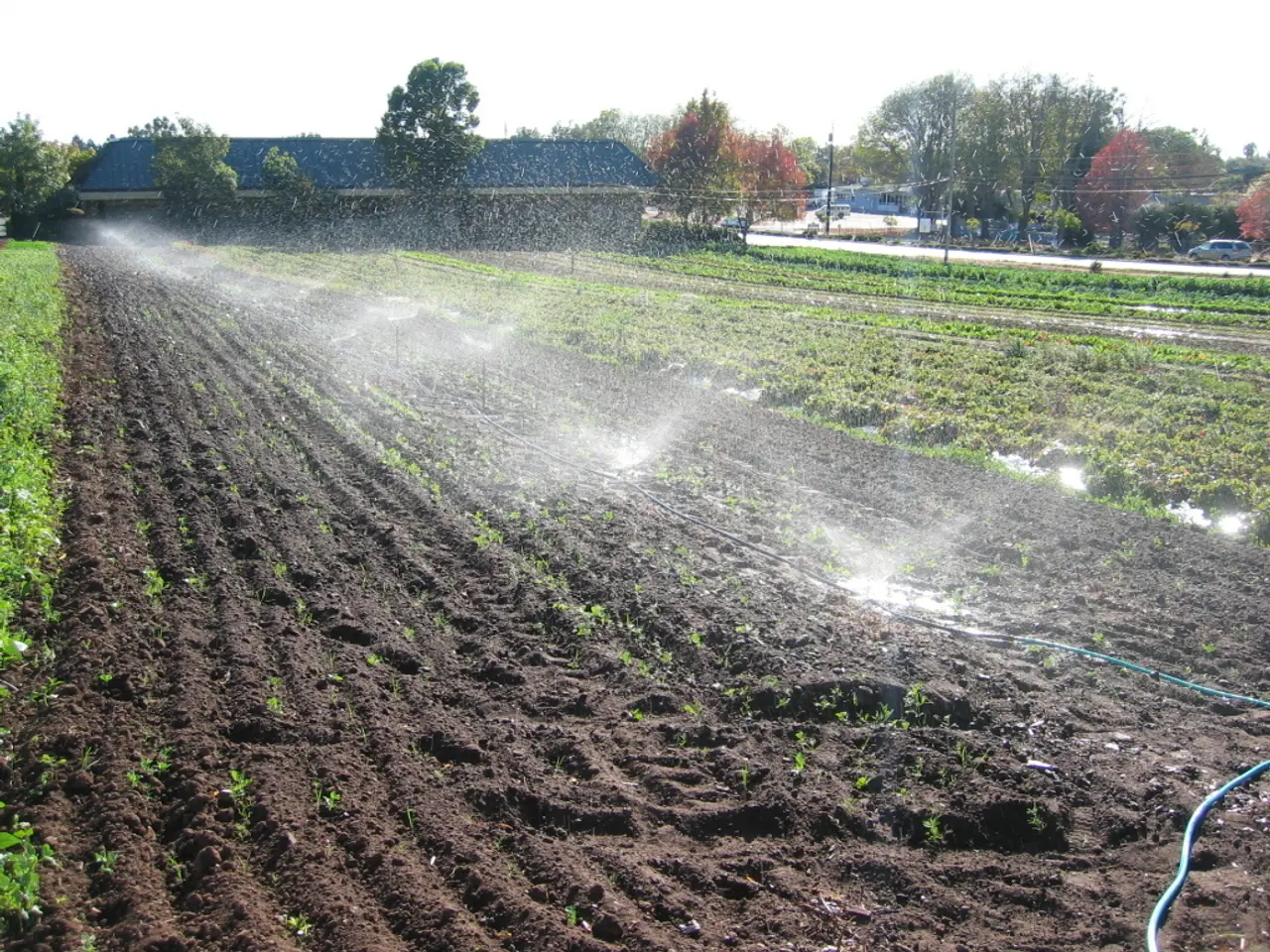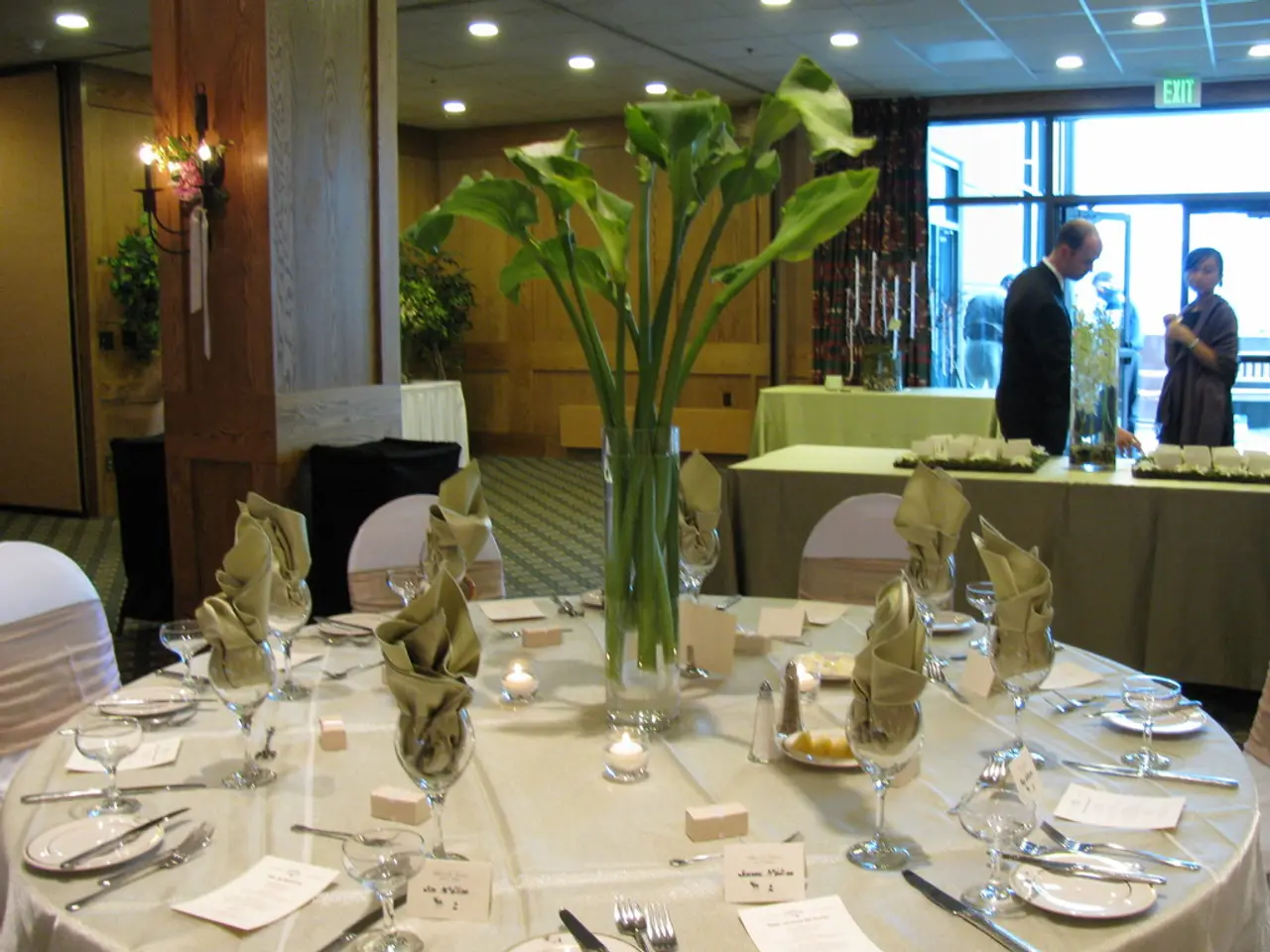Persistent cold and rainy conditions predicted during the initial phase of July
As Russia enters the heart of July, meteorologists are predicting a shift in the usual warm weather, with cooler temperatures and heavy rainfall expected across many regions of the country[1]. This changeable weather, in light of recent climate variability and storms, calls for careful preparation and vigilance.
For those residing in Eastern Siberia and the Far East, gardeners in particular should consider the risks associated with rain and possible flooding[2]. Similarly, tourists planning to visit these areas should bring waterproof clothing and warm items to avoid getting cold in case of a temperature drop.
Moscow and the Moscow region are expected to experience the most noticeable cooling towards the end of the second decade of July, with daytime temperatures not exceeding +18°C[3]. Residents of the Kaliningrad region and St. Petersburg should also prepare for abnormal coolness after a brief period of heat.
In the Central Black Earth Region, including Voronezh and Belgorod regions, the weather will be unstable with short periods of heat alternating with rain and thunderstorms[4]. The North Federal District, including Arkhangelsk, Murmansk regions, and Komi Republic, is expected to experience significant cooling, with temperatures of +11...+17°C, which is 3-5 degrees below the climatic norm[5].
The Krasnodar region and Crimea, even in the south of the country, will experience changeable weather, with periods of heat interrupted by downpours and temperature drops[6]. Those vacationing on the Black Sea coast should be prepared for this unpredictable weather.
Such sharp temperature fluctuations can negatively affect the health of weather-sensitive people. The cooler and rainy weather could significantly impact the plans of vacationers and dacha owners[7].
To navigate these weather challenges, several precautions are advisable. First and foremost, stay informed through reliable meteorological sources as weather can be moderately warm with light rains in central regions, but storms (such as the powerful one recently in Khabarovsk) can arise suddenly[1][2].
Given the unstable weather, be prepared for fluctuations in temperature around the climatic norm, which could affect mood and health. Dress in layers and be ready for sudden rain or cooling[1].
In regions prone to severe weather, secure outdoor items, reinforce windows and doors, and have emergency kits ready including water, food, and batteries. Avoid travel during storms and seek shelter if necessary[2].
Unpredictable weather can impact food supplies, as seen with Russia’s potato shortages linked to climate conditions. Households might consider stocking essential non-perishables and supporting local food resilience initiatives[4].
Be cautious around potential flood zones or areas with poor drainage, as light rains can sometimes escalate. Check on local emergency services plans and evacuation routes.
In sum, staying updated, preparing for varied weather conditions, securing homes and belongings, and attending to personal health are key strategies to handle the caprices of Russian nature in July[1][2][4]. By paying close attention to weather forecasts and preparing in advance, we can avoid unpleasant surprises and enjoy the beginning of July comfortably, despite the caprices of nature.
In the Eastern Siberia and Far East regions, gardeners and tourists should be aware of the potential risks of rain and flooding due to the forecasted cooler temperatures and heavy rainfall [2].To mitigate the impact of unpredictable weather, it's advisable to stay informed about weather changes, dress in layers, secure outdoor items, and have emergency kits ready [2].
